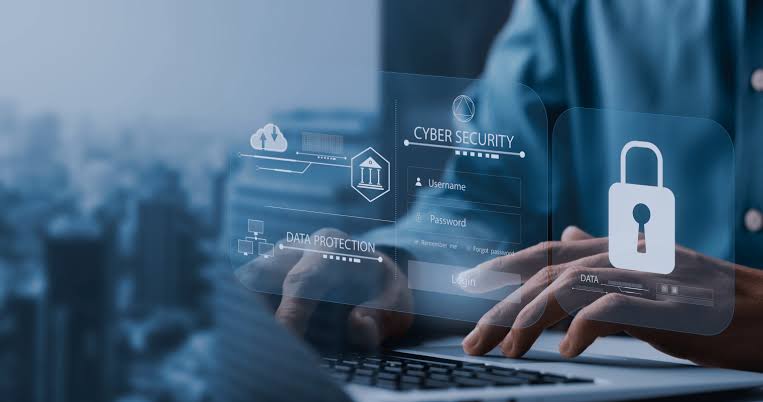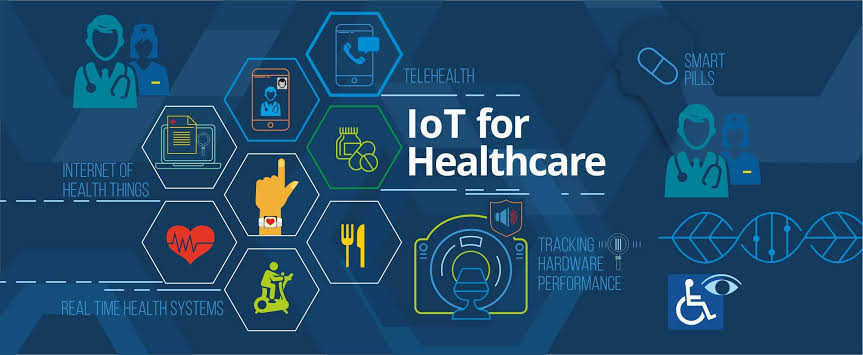In today’s digital world, protecting sensitive data is essential for trust and business survival. By 2025, cyber threats have grown more advanced, targeting businesses of all sizes with phishing, ransomware, insider threats, and AI-based hacking. With stricter global laws and regulations, companies cannot ignore cybersecurity. Creating a secure digital system needs a strong, multi-layered approach that includes technology, clear policies, and employee training.
Understanding the Importance of Data Protection
Sensitive business data can include client information, financial records, trade secrets, product blueprints, employee data, and intellectual property. Any compromise of such information can lead to reputational damage, legal consequences, and financial losses.
Reasons why data protection is crucial:
- Protects customer trust and company reputation
- Prevents financial fraud and data breaches
- Complies with global regulations such as GDPR, HIPAA, and Canada’s PIPEDA
- Safeguards competitive advantage in the marketplace
- Reduces downtime and productivity losses caused by cyber incidents
A well-secured business environment is no longer optional but essential for continuity and growth.
Establishing a Robust Security Policy
A comprehensive cybersecurity policy forms the foundation of a safe digital ecosystem. Every organization must create a written document outlining data handling procedures, access control policies, and response plans for cyber events.
Elements of an effective cybersecurity policy include:
- Role-based access controls and permission levels
- Acceptable use guidelines for corporate devices and networks
- Incident response plans and breach reporting protocols
- Regular system updates and patch management practices
- Enforced use of strong passwords and multifactor authentication
This policy must be reviewed periodically and adapted to evolving threats and compliance standards.
Implementing Strong Access Control Systems
One of the most effective ways to secure sensitive business data is to ensure that only authorized personnel have access to it. Access control restricts user activity based on roles, responsibilities, and need-to-know principles.
Best practices for access control:
- Deploy multifactor authentication (MFA) across all systems
- Use identity and access management (IAM) solutions to manage user permissions
- Segment networks to isolate sensitive data from public or employee areas
- Immediately revoke access for employees who exit the organization
- Audit access logs regularly for unusual activity or policy violations
Limiting access reduces the risk of internal threats and accidental data leaks.
Encrypting Sensitive Data
Encryption transforms readable data into an unreadable format unless the user has the correct decryption key. It is one of the most effective defenses against data interception or theft.
Key uses of encryption include:
- Encrypting data at rest (stored in databases, hard drives, or cloud servers)
- Encrypting data in transit (emails, messaging apps, file transfers)
- Using end-to-end encryption for communication platforms
- Implementing secure socket layer (SSL) certificates on websites and apps
- Encrypting backup files stored offsite or in the cloud
Encryption ensures that even if data is stolen, it remains useless to unauthorized parties.
Regular Security Audits and Risk Assessments
Cybersecurity is not a one-time fix but a continuous process. Regular audits and assessments help organizations identify vulnerabilities before they are exploited by malicious actors.
Components of effective security audits:
- Vulnerability scans using automated tools
- Penetration testing to simulate real-world cyberattacks
- Review of firewall configurations and antivirus software
- Analysis of employee behavior and access patterns
- Evaluation of compliance with relevant industry standards
Audits should be conducted quarterly or after any significant change to the IT infrastructure.
Employee Training and Awareness
Many security breaches occur due to human error, such as clicking on phishing links or using weak passwords. Educating employees is one of the most cost-effective ways to strengthen cybersecurity.
Key training topics should cover:
- How to recognize and report phishing attempts
- The importance of using secure passwords and password managers
- Dangers of public Wi-Fi and unsecured devices
- Proper handling of sensitive documents and digital files
- Steps to follow in case of suspected data breaches
Cybersecurity awareness should be part of every employee’s onboarding and ongoing training programs.
Implementing Endpoint Security Solutions
With the rise of remote work and BYOD (bring your own device) policies, every endpoint—laptop, smartphone, tablet, or IoT device—becomes a potential entry point for attackers.
Essential endpoint protection tools:
- Antivirus and anti-malware software
- Mobile device management (MDM) systems
- Endpoint detection and response (EDR) platforms
- Data loss prevention (DLP) technologies
- Automatic remote wiping capabilities for lost or stolen devices
Securing endpoints is critical in preventing unauthorized access and mitigating threats across decentralized networks.
Using Cloud Security Best Practices
Many businesses now store their data in cloud environments. While cloud platforms offer scalability and convenience, they also present unique security challenges.
Cloud security recommendations:
- Choose providers with strong compliance certifications (e.g., ISO 27001, SOC 2)
- Encrypt all data stored in the cloud
- Use virtual private networks (VPNs) for accessing cloud services
- Configure cloud firewalls and intrusion prevention systems
- Regularly monitor for unauthorized access or configuration errors
Businesses must understand the shared responsibility model in cloud security and take ownership of securing their data.
Creating a Cyber Incident Response Plan
Despite all preventive measures, cyber incidents can still occur. Having a well-documented and rehearsed incident response plan ensures quick containment and reduces the damage.
An incident response plan should include:
- Identification of incident response team members and their roles
- Defined protocols for isolating affected systems
- Legal and regulatory reporting timelines and requirements
- Communication plans for notifying stakeholders, clients, and the public
- Post-incident analysis and remediation procedures
Preparation enables a faster recovery and strengthens organizational resilience.
Backing Up Critical Data Regularly
Frequent data backups protect businesses from data loss due to ransomware attacks, hardware failure, or accidental deletions. Backups should be stored securely and tested for reliability.
Best practices for backups:
- Use the 3-2-1 backup rule (3 copies of data, on 2 different media, with 1 offsite)
- Automate backups to ensure consistency
- Encrypt backup files and restrict access
- Store backups in geographically diverse locations
- Regularly test data restoration processes to confirm integrity
A strong backup system provides peace of mind and ensures business continuity during crises.
Conclusion: Staying Ahead of the Cybersecurity Curve
As cyber threats continue to evolve, protecting sensitive business data requires more than just reactive measures. It demands a proactive and holistic approach encompassing technology, education, policy enforcement, and ongoing vigilance. By implementing these cybersecurity measures, businesses can not only protect their digital assets but also build trust, ensure compliance, and support long-term success in a hyperconnected world.
In 2025 and beyond, cybersecurity is no longer an IT issue—it is a business imperative.



